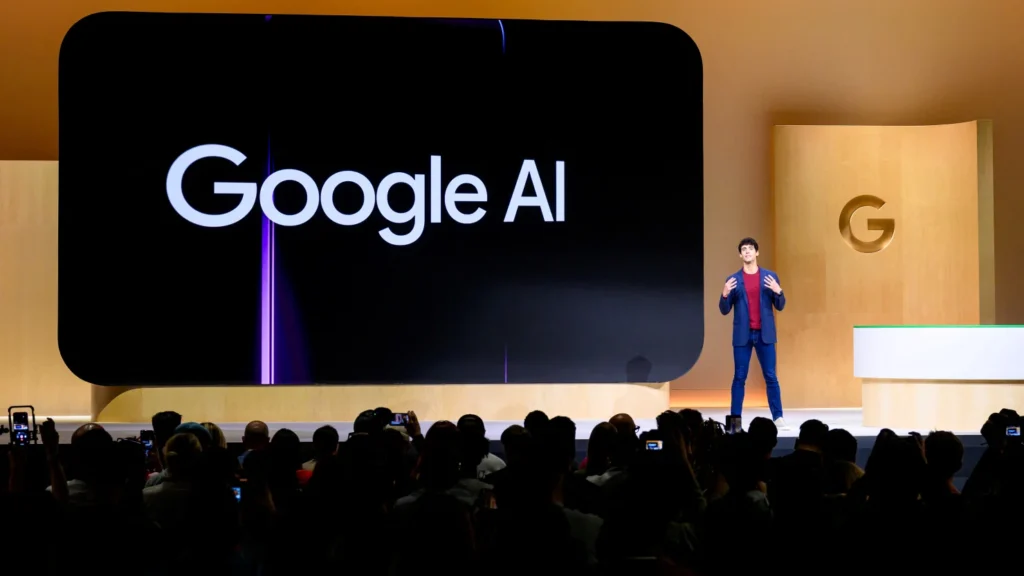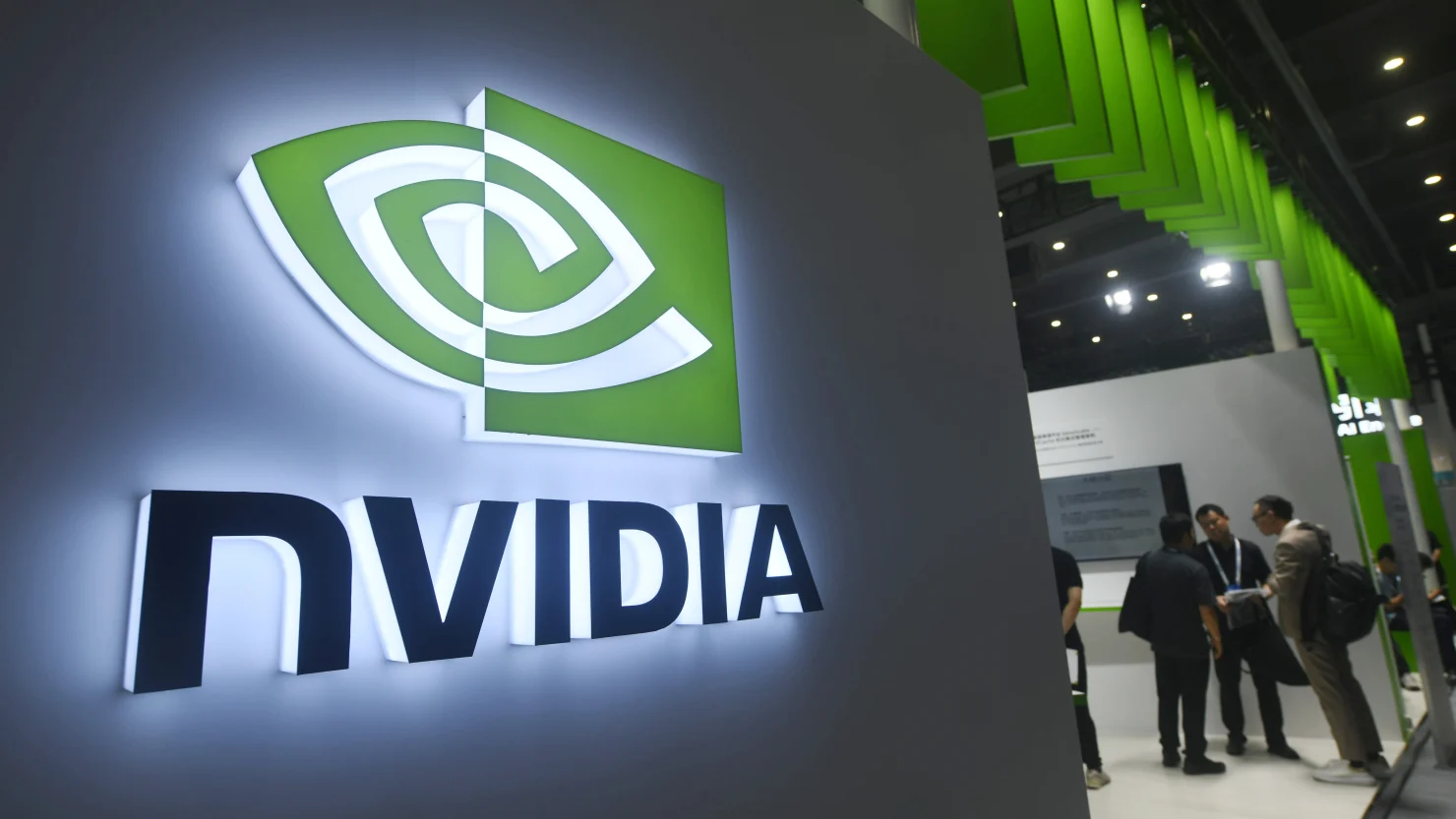As the healthcare landscape continues to evolve, technology is stepping into the spotlight as a key driver of change. This Sunday, Las Vegas will become the hub of healthcare innovation with the kickoff of the HLTH 2024 Conference. Major tech companies like Nvidia, Google, and Microsoft, alongside numerous startups, are gearing up to showcase their latest advancements in artificial intelligence (AI) aimed at addressing the critical challenges faced by healthcare professionals. With over 12,000 attendees expected, the conference promises to be a pivotal moment for the intersection of technology and healthcare.

Understanding the Administrative Burden in Healthcare
Healthcare providers are no strangers to the overwhelming amount of paperwork that comes with their jobs. A combination of patient record management, insurance communication, and regulatory compliance creates an administrative workload that is not only tedious but also detrimental to the well-being of healthcare workers.
According to a survey conducted by Google, clinicians are dedicating nearly 28 hours a week to administrative tasks. This staggering statistic underscores a significant issue: 80% of healthcare providers feel that clerical work takes away from their direct patient care, leading to a concerning trend of burnout within the industry. The consulting firm Mercer predicts that the healthcare sector will face a shortfall of 100,000 workers by 2028 if these issues are not addressed.
A Trillion-Dollar Opportunity: The Role of AI in Healthcare
Tech giants are increasingly eyeing the healthcare market, which is projected to surpass $6.8 trillion by the end of the decade. Their goal is to carve out a significant share of this burgeoning sector by deploying generative AI tools that promise to alleviate administrative burdens and streamline operations. These solutions aim to enhance efficiency in healthcare settings, ultimately improving patient care and provider satisfaction.
Google’s Approach: Streamlining Administrative Tasks with AI
Google is taking bold steps to tackle the administrative challenges faced by healthcare providers. Recently, the company announced the general availability of Vertex AI Search for Healthcare. This innovative tool allows developers to create applications that enable healthcare professionals to swiftly search through disparate medical records. This capability is crucial for reducing the time clinicians spend navigating complex data systems, which can hinder timely decision-making.
In addition to Vertex AI, Google’s Healthcare Data Engine has introduced new features that help organizations build the necessary infrastructure to support generative AI. The implications of these tools are significant; they aim to transform how healthcare data is accessed and utilized.
In a recent survey, Google discovered that 91% of healthcare providers are optimistic about using AI to streamline administrative tasks. This positive sentiment reflects a growing acceptance of technology as a means to enhance the efficiency of healthcare delivery.
Microsoft’s Commitment to Reducing Clinician Workloads
On October 11, Microsoft also made headlines by unveiling a suite of tools designed to reduce the administrative burdens on healthcare providers. These include a collection of medical imaging models, an intelligent healthcare agent service, and an automated documentation solution tailored for nurses. While many of these tools are still in development, Microsoft has already made strides in this area through its acquisition of Nuance Communications in 2021 for $16 billion.
One of the standout products from Nuance is DAX Copilot, an automated documentation tool that uses AI to transcribe patient visits into clinical notes. This innovation is particularly beneficial for doctors, as it allows them to focus on their patients instead of being bogged down by extensive note-taking.
Recognizing that nurses have distinct documentation needs, Microsoft is developing a separate tool specifically designed for their workflows. This tailored approach demonstrates Microsoft’s commitment to enhancing the work experience for all healthcare professionals.
The Rise of AI Scribe Tools
The demand for AI scribe tools has skyrocketed in 2024, with numerous companies emerging to provide solutions aimed at streamlining clinical documentation. For instance, Abridge, which has secured over $460 million in funding, and Suki, which has raised $165 million, are among the notable players in this space. These tools not only save time but also significantly improve accuracy in clinical notes, reducing the likelihood of errors that can arise from manual documentation.
Dr. Shiv Rao, the founder and CEO of Abridge, noted that the rapid adoption of these AI technologies feels “historic,” indicating a cultural shift within the healthcare sector towards embracing innovation. Abridge’s recent investment from Nvidia’s venture capital arm further highlights the increasing interest and financial backing for AI solutions in healthcare.
Nvidia’s Vision for AI in Healthcare
Nvidia, known primarily for its graphics processing units (GPUs), is also making significant strides in the healthcare sector. During the HLTH conference, Kimberly Powell, Nvidia’s Vice President of Healthcare, is set to deliver a keynote address focusing on how generative AI can enable healthcare professionals to dedicate more time to patient care.
Nvidia’s GPUs are not only powering applications like OpenAI’s ChatGPT, but they are also being utilized to develop AI models that enhance medical devices, drug discovery, genomics, and medical imaging. The company’s stock has skyrocketed, with shares up more than 150% year to date, thanks to its successful ventures into the AI space.
In March, Nvidia announced expanded partnerships with companies such as Johnson & Johnson and GE HealthCare, solidifying its position as a key player in the healthcare technology arena. These collaborations are expected to lead to innovative solutions that can help address some of the most pressing challenges in healthcare today.
The Shift Toward AI Adoption in Healthcare
Historically, the healthcare sector has been slow to adopt new technologies, often due to concerns about integration, security, and the complexity of healthcare workflows. However, the buzz surrounding administrative AI tools has reached a fever pitch since the introduction of generative AI technologies like ChatGPT. The ongoing conversation about the future of healthcare technology is evolving, and it is clear that AI has a role to play in transforming the industry.
As the HLTH conference unfolds, many healthcare systems will be exploring a range of AI tools and vendors available to them. This represents an opportunity for tech companies to showcase their solutions and prove their efficacy in tackling one of healthcare’s most significant challenges: administrative burden.
Conclusion: The Future of Healthcare is Here
The HLTH 2024 Conference serves as a critical junction for healthcare and technology, where innovation meets necessity. With industry leaders like Google, Microsoft, and Nvidia leading the charge, the integration of AI into healthcare is poised to reshape how medical professionals operate. The potential for AI tools to alleviate administrative burdens, improve efficiency, and ultimately enhance patient care is tremendous.
As healthcare providers grapple with increasing demands and a looming workforce shortage, the urgency for effective solutions has never been clearer. The excitement surrounding this year’s conference highlights a promising future, where technology and healthcare work hand-in-hand to improve outcomes for both providers and patients alike. The journey towards a more efficient and sustainable healthcare system is just beginning, and the innovations unveiled at HLTH 2024 could pave the way for a brighter tomorrow.
–
Contact Author
Sunil Tiwari, Technology Researcher | Email Address: [email protected]


